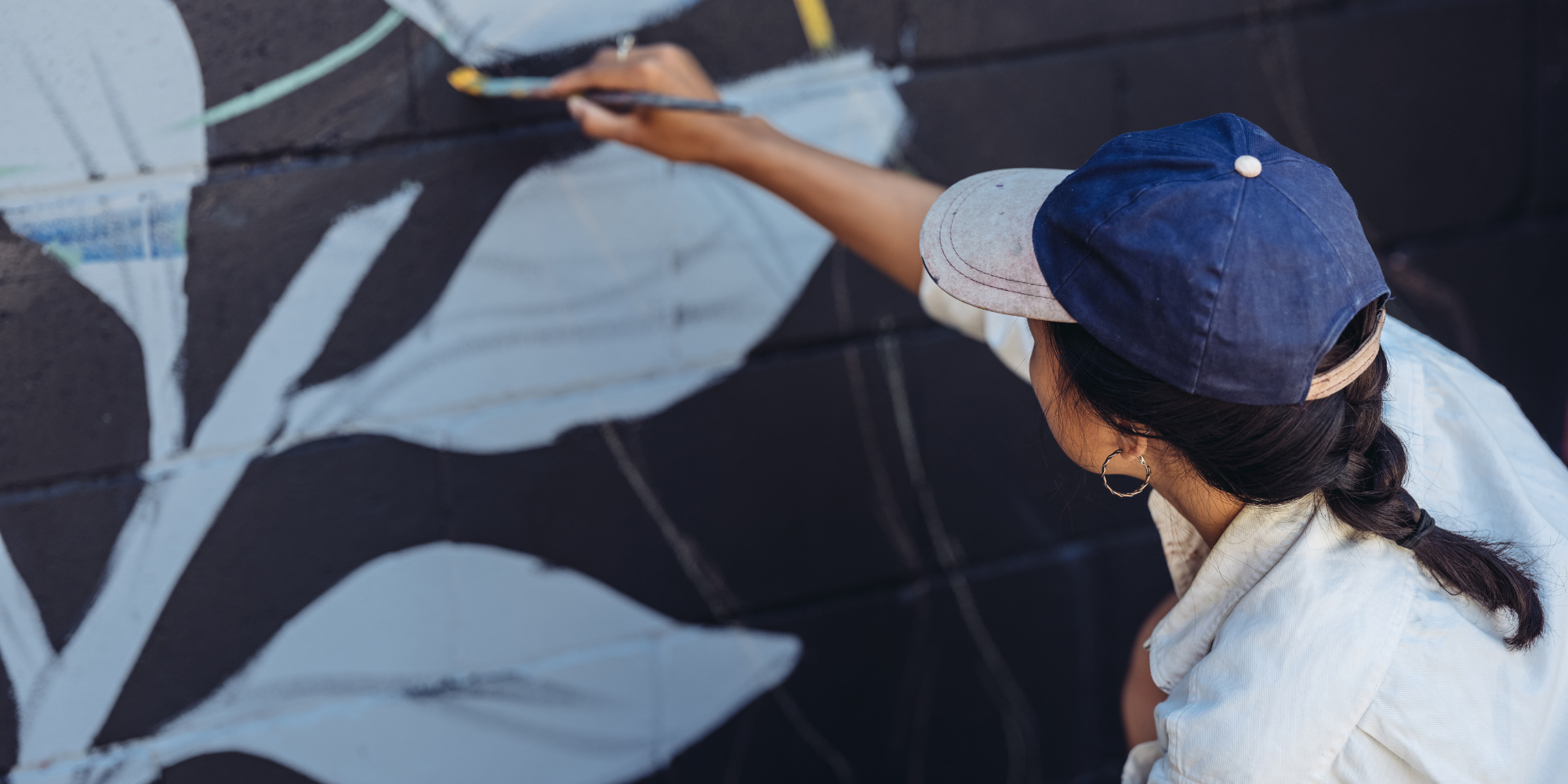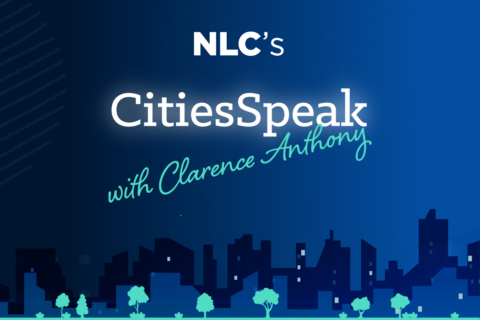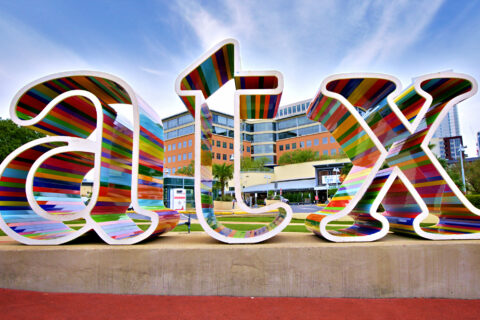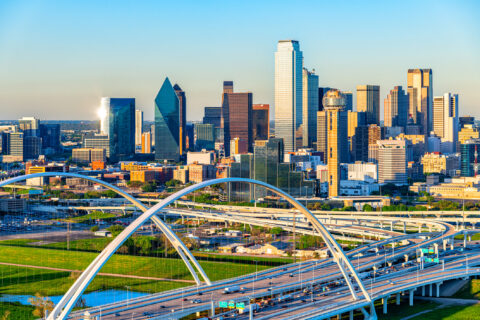The National League of Cities (NLC) and the National Assembly of State Arts Agencies (NASAA) convened local and national arts leaders in May 2022 to discuss art, culture, design, and heritage. This is part of an NLC & NASAA blog series to showcase how arts and culture investments are meaningfully contributing to communities and bolster local leaders’ public service goals to: promote vital partnerships, lead in community engagement practices, foster community development, nurture health and wellbeing, and advocate climate resiliency action.
The following are highlights from a conversation between Roberto Bedoya (Cultural Affairs Manager, City of Oakland Department of Cultural Affairs) and Jen Hughes (Design and Creative Placemaking Director, National Endowment for the Arts), moderated by Michael Rohd (Center for Civic Imagination at University of Montana).
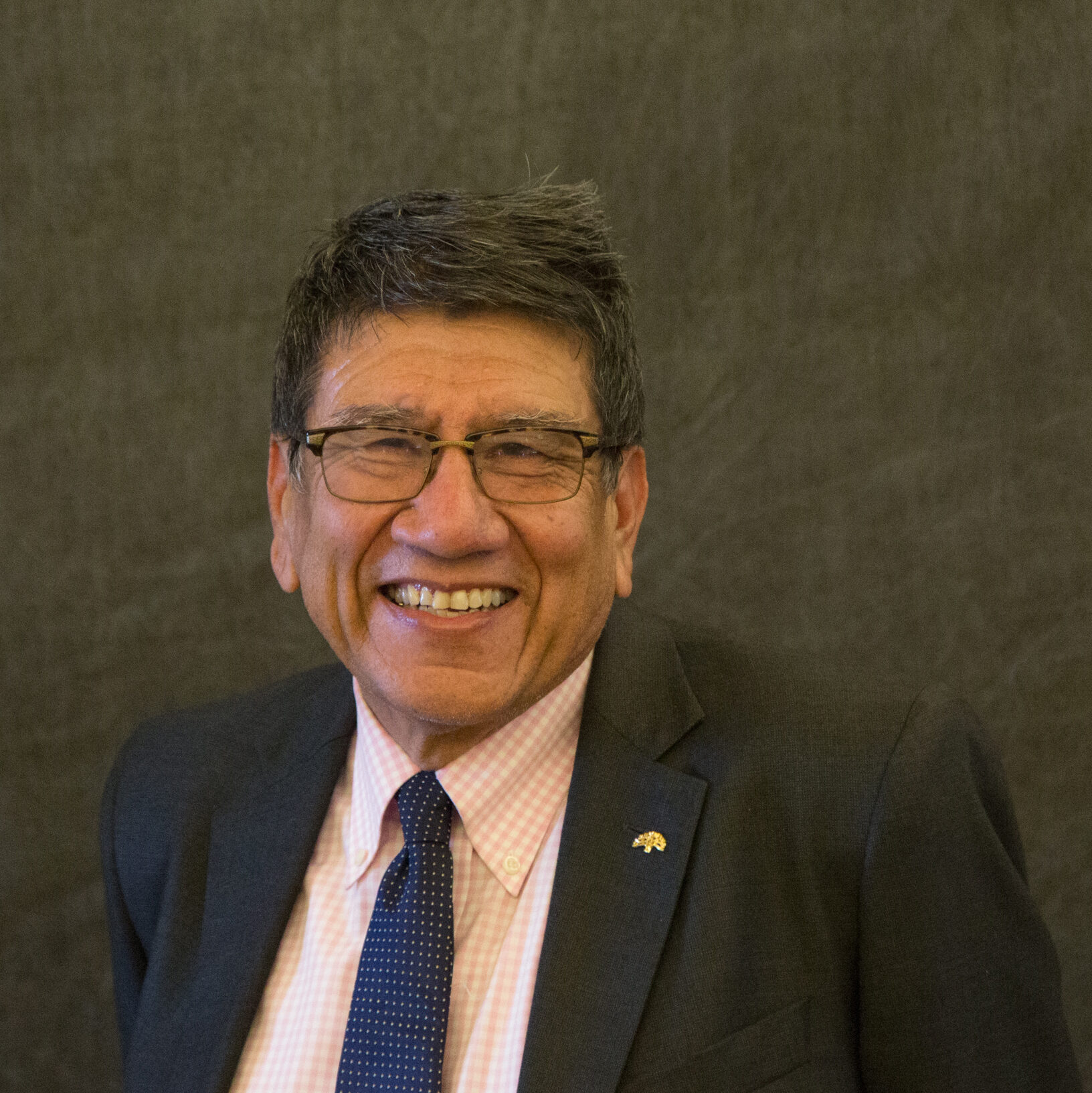
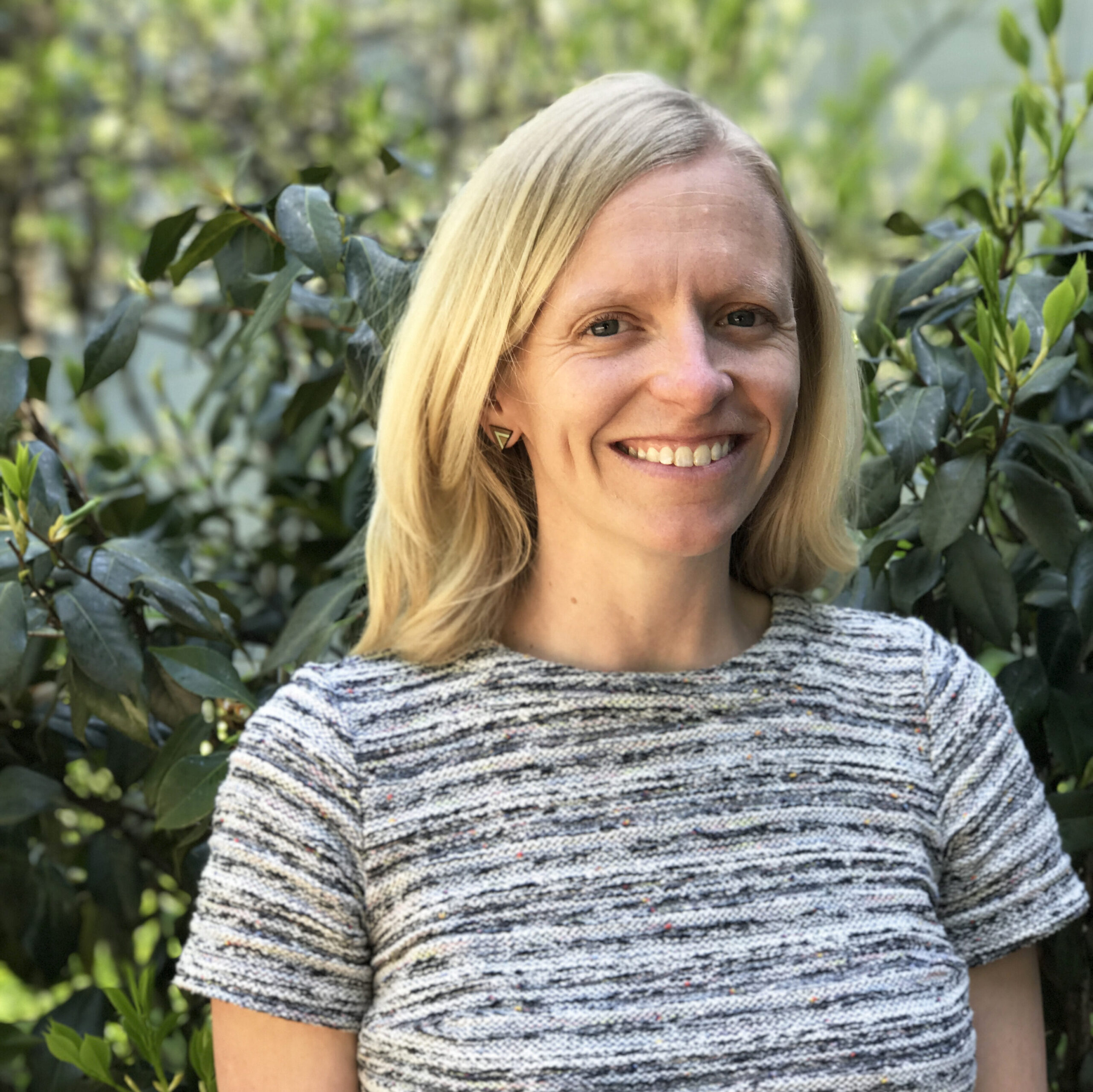
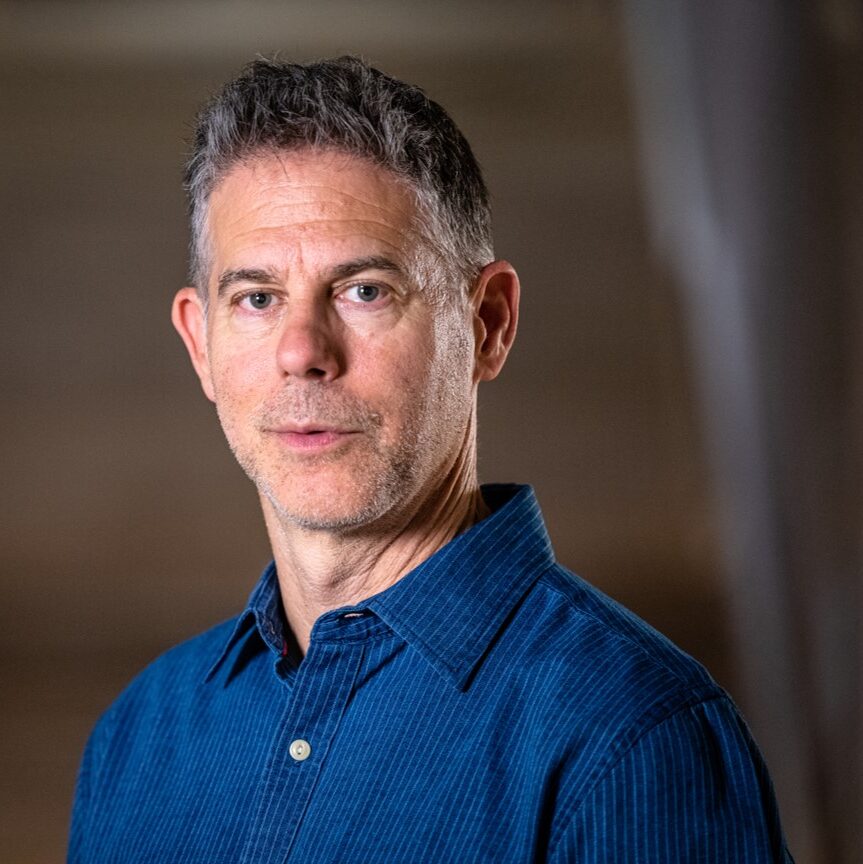
MICHAEL ROHD: Roberto and Jen, thank you for joining us to discuss how artists contribute to thriving, equitable cities. Roberto and Jen, you both spend time working with individuals at the municipal and federal level who rarely think about the arts. Where do you begin conversations?
ROBERTO BEDOYA: I talk about belonging. My city recently put together a Cultural Plan, and I called it a plan for belonging. At this moment, prioritizing belonging is good rhetoric. But I also tell them ‘To operationalize belonging, what department, what office delivers that? It’s simple: my office. That’s my job. Arts and culture. And I need your support to do it.’
Beyond belonging and social cohesion, I talk about ‘civic trauma’. My biggest concern when I talk with my municipal colleagues is how we understand and reckon with the civic trauma in our communities. COVID-19, police brutality, polarized American discourse; Mayors are struggling with this, we’re all struggling with this. And if we rebuild our social systems right now the same way they were built before these last few years, a lot of those fault lines are still going to be there. And arts and culture, is a real remedy for all this, including authentic and connected engagement.
JEN HUGHES: The language we’ve been using is “civic infrastructure”. In the Endowment’s interactions with Mayors, it’s very tactics oriented; they’re in office for four years, possibly longer, and they’re incredibly ambitious, visionary folks that want to see change happen very quickly. Our work happens in the context of the Mayor’s Institute on City Design or the Our Town program, and we shift the focus from desired outcomes to transformational process as a route to drive a more equitable and just society. We want to help leaders see the role explicitly that arts and culture can play in weaving connections, and in imagining new ways of doing and being.
MICHAEL ROHD: Jen, the new Chair at the National Endowment for the Arts, Dr. Maria Rosario Jackson, talks about arts-infused civic infrastructure. You just spoke about why it matters to transition from designed outcomes to transformational process. Municipal systems often operate through mechanisms that are deeply results-oriented. Where are you finding leverage to help that transition occur?
JEN HUGHES: This makes me think about the intentionality and commitment to equity, and the opportunity to shift to a more patient process, and the creative ways to make that journey. Historically at the Mayor’s Institute on City Design we’ve talked about design aesthetics, and it’s been a shift to take on issues of equity in the context of the built environment. To get there, you need to be able to back up years from the ribbon-cutting and ask: how do we embark on this journey in ways that are inclusive of the communities being affected?
MICHAEL ROHD: Roberto, you and I have spoken for years about belonging, and about civic imagination. How do Jen’s thoughts about process resonate with you?
ROBERTO BEDOYA: Well, when people ask me ‘how do you operationalize belonging’, I say I try to be a steward of civic imagination, I create connections so artists can help us imagine how we can live our lives together. I have faith in art, and artists, to do that work, so I’m here to build the support systems that make that possible.
JEN HUGHES: When I was in St. Paul, MN with Mayor Melvin Carter, he said he is the chief storyteller of St. Paul. And at the Mayor’s Institute on City Design the Mayor of Shreveport, LA said ‘My role is to be telling the story and narrative of the place that I want Shreveport to be’. It’s not based on empirical data, but an acknowledgement of the power of narrative and what that signals.
MICHAEL ROHD: Jen, what’s the distinction, or is there one, between storytelling, and talking about the capacities required to operationalize cross-sector civic infrastructure in local government?
JEN HUGHES: Let me answer with an example of something Chair Jackson [NEA] has been talking about: to address the impacts of an aging workforce, how do we position creative, dynamic working environments in job descriptions and in ways that we want to evolve work culture? Telling the story of what we want the culture to be helps accomplish the task of recruiting our new workforce, but internal system transformation for imaginative problem solving is necessary to retain that workforce.
ROBERTO BEDOYA: In Oakland, I have 12 Cultural Strategists working in various departments of government. They’re invited to the table as thought partners. Almost every department in government has a commitment towards civic engagement, and it’s usually a survey or a town hall meeting. An artist can say, “Let’s do it differently through engaging creative practices.” Ultimately, the Cultural Strategist is trying to build trust in government through authentic community engagement.
MICHAEL ROHD: Roberto has very smartly positioned the Oakland Cultural Plan as a narrative framework that local lawmakers can use to support the City’s Comprehensive Plan. Jen, I know that interests you when it comes to how cities think about the arts.
JEN HUGHES: A lot of Mayors right now are talking about the fact that their cities haven’t done a recent comprehensive plan, and now they have the money and desire to do it. The opportunity is to connect the planning processes that engage civic imagination through the arts and culture sector, and the narrative and history of a place that then result in tangible contributions to the Comprehensive Plan. The plan can be a document that guides priorities and practices from that point forward. How do we use civic imagination to advance the priorities embedded within a Cultural Plan into a Comprehensive Plan?
ROBERTO BEDOYA: It’s a good question! The City of Oakland is now doing its comprehensive plan, with an initial focus on housing. I’m able to use our Cultural Plan – a government approved document – and its references to artists’ work around housing issues to make a compelling, already municipally-accepted argument. My commissioners are asking me “What did you say about this issue in the Cultural Plan?” and they’re leaning into that as the City considers policy.
MICHAEL ROHD: Jen, thinking about where we are now coming out of these last few years, what shifts do you observe in the arts/municipality landscape?
JEN HUGHES: There is a conversation about who historically had currency in the creative placemaking space. On our part, we’ve shifted to lift up outcomes that are socially oriented as having equal weight to physical and economic outcomes, because we see that happening in communities. Arts, culture and design play an important, generative role in advancing social outcomes including belonging, civic infrastructure and community participation. There is deep, accepted value in the ways artists and culture bearers lead that type of work; it’s not transactional, its transformational and relationship oriented. We can lean into the inherent role of arts and culture to advance equity in local communities in explicit ways. Grants we see now recognize that beyond a physical artifact, this work is really about transformational process. That’s happening all over; in cities, in rural communities, in Tribal communities. It is really inspiring.
About This Blog Series: The arts and creativity are increasingly recognized as necessary infrastructure for healthy, prosperous and equitable communities regardless of community size or geography. This blog series highlights policies and programs that leverage the power of the arts to engage communities and improve well-being. These conversations and stories provide inspiration and examples for local leaders looking to engage their jurisdictions through the arts and creativity with the help of state and federal resources.
